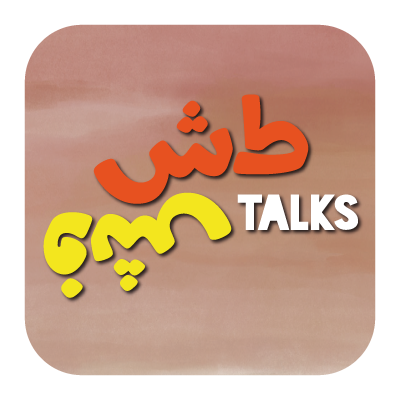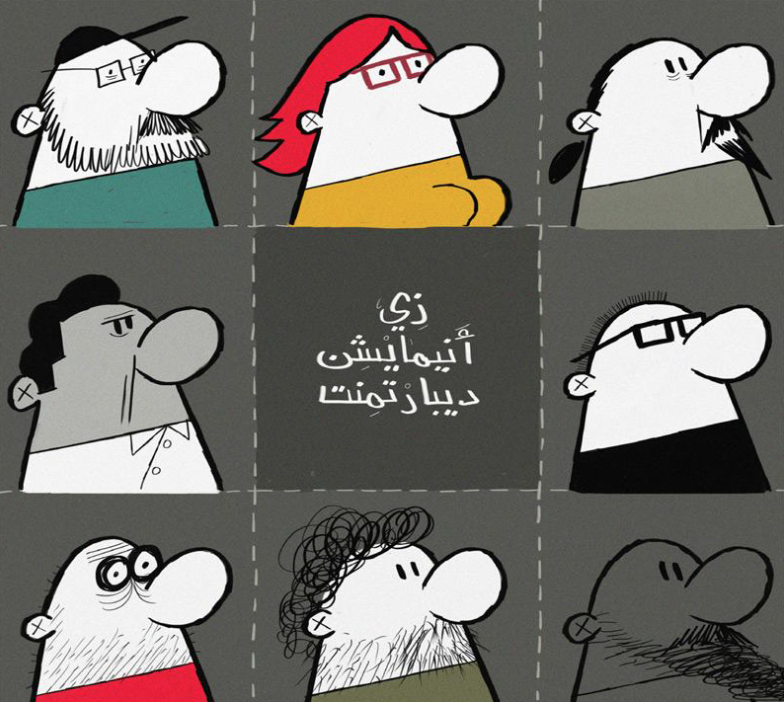How Lebanese animation found a home on Future TV
How Lebanese animation found a home on Future TV
At a time when Lebanese animation had no presence on Lebanese television, Future TV gave a group of local animators an opportunity to showcase their talent on the airwaves.
CHRONICLES
Omar Al Fil - 21.05.2024
Although cartoons have long been a fixture of Lebanese television, no station in the country has ever heavily invested in the production and broadcast of animated content created by Lebanese animators for a Lebanese audience. That is, of course, with one major exception.
Future TV was a Lebanese television station that emerged in the early 1990s with a handful of fresh ideas. Among those ideas was a keen interest in locally produced animation and a willingness to fund and support it, giving Lebanese animation a home on TV for more than two decades.
Long before becoming the head of what would become the Future TV Animation Department, George Khoury got his start as a journalist in 1977, covering foreign affairs for the Lebanese daily newspaper Annahar. Annahar was also where Khoury began publishing comics under the pseudonym “Jad” in the early 1980s.
As Jad, Khoury produced series such as Abu Shanab أبو شنب (1980-1983) and 1001 Laylas ألف ليلى وليلى (1982-1984) for Annahar and published the graphic novels Carnaval (1980) and Freud فرويد (1983), which were some of the earliest works in this format to come out of the Middle East. Khoury’s comics tackled serious social and political issues, at times in a humorous, satirical tone.
It was while at a wedding in 1993 that Khoury was approached by an old friend with an interesting proposition. Ali Jaber was a journalist who worked in the same building that Khoury did during his time at Annahar. A year earlier, Jaber had interviewed Lebanese politician and business tycoon Rafik Hariri, months before he became the 41st Prime Minister of Lebanon, and was subsequently recruited by Hariri to help set up his latest business venture, a brand new Lebanese television station that would come to be known as Future TV.
Jaber, who also held a degree in broadcast journalism, was forward-thinking and helped shape Future TV into a pioneer in the Middle East media landscape. It was one of the region’s first pan-Arab stations, the first channel to introduce the morning show format to the Arab world, and the first Lebanese channel to continuously broadcast 24 hours a day, among other innovations.
Unlike rival Lebanese stations Télé Liban and LBC, Future TV would aim to target a younger demographic, one that was politically engaged but not partisan. It was for that reason that Jaber was interested in incorporating Khoury’s brand of smart, funny, and visually appealing artwork into his vision for Future TV.
A self-professed computer geek, Khoury had dabbled with computer animation back in the 1980s and promptly got to work animating a pilot for a proposed series of shorts. Two months later, a 30-second pilot was completed and presented to Jaber, who loved it and asked Khoury if he could create new episodes daily.
Khoury explained that he could only deliver a handful of episodes weekly but would require a team of animators and specialized software and equipment to do so. Jaber agreed, and a deal was struck. To assemble this team, Khoury reached out to artists Lina Ghaibeh and Edgar Aho, who he had previously collaborated with between the mid-to-late 80s when they were all members of Jad Workshop, an art collective that evolved out of a three-month-long comics workshop led by Khoury.
And so, the Future TV Animation Department was born.
The Animation Department’s first project would essentially be Lebanon’s first-ever animated series for adults: Kalil wa Dimn كليل ودمن (Kalil and Dimn). First airing in 1993 after the evening news, Kalil wa Dimn, whose name is a play on the classic Kalila wa Dimna fables, was a series of shorts that followed the adventures of two anthropomorphic dogs, Kalil and Dimn.
Each episode would find them in different situations intended to poke fun at social and political issues of the time, such as waiting their turn in a poorly-operated hospital or watching a soccer game between Arabs and Israelis, where the Israelis get an unfair advantage by driving tanks across the field.
Other early projects would soon follow, with team members Ghaibeh and Aho also getting opportunities to produce their own new series. Before long, the network had a collection of its very own original locally produced animated shorts for adults, such as Zoom زووم, Seen w Jeem سين وجيم, and Fisa فيسا, alongside Kalil w Dimn.
However, Jaber continued to push for something that could be produced daily to follow the evening news directly. The department would make a significant technical breakthrough while working on Taalee’ Alyawm تعليق اليوم (Comment of the Day), a series of animated segments in the format of a satirical news program that would close out the actual evening news.
Due to the minimal animation required to animate the segment’s two anchors, the department was able to build a library of reusable actions and poses for each character and could finally meet a daily production schedule. Taalee’ Alyawm was ultimately short-lived, but the techniques learned from it would serve as the basis for one of the department's longest-running and most memorable projects.
Debuting in 1997, Rousoum Moutaharrira رسوم متحررة (Emancipated Drawings) (a play on the Arabic name for “cartoons”) went through a couple of early iterations before eventually settling on the format it would become most known for. The series starred two average Lebanese men who chatted about everything from current events to daily life in Lebanon against a backdrop of distinctly Beiruti settings.
It was also around this time that the Animation Department would explore a new style of animation and produce another one of its most memorable projects. Sohaib Balaa was only nineteen when he walked up to the gates of Future TV unannounced and asked to meet with Khoury. He explained that he had a talent for making characters out of modeling clay, presenting a model of Rafik Hariri he brought along as proof.
Balaa was interested in working with the Animation Department, and Khoury was intrigued by the prospect of experimenting with claymation. As a trial of sorts, Balaa was given a week to create a clay model of an original character drawn up by Ghaibeh. He returned the following day with a model of the character, who was officially nameless but was dubbed “Ata” by the department. Balaa was soon hired, and work began on a series of claymation shorts that would also double as station idents for Future TV.
The Ata shorts were far from provocative, but the same couldn’t be said about some of the Animation Department’s more subversive output. Although Kalil wa Dimn never went after specific individuals or politicians, some viewers took issue with its sharp social and political commentary. “People would either curse us or ask ‘What are they doing?’,” says Khoury on the initial public reception to the series in 1993.
Source



